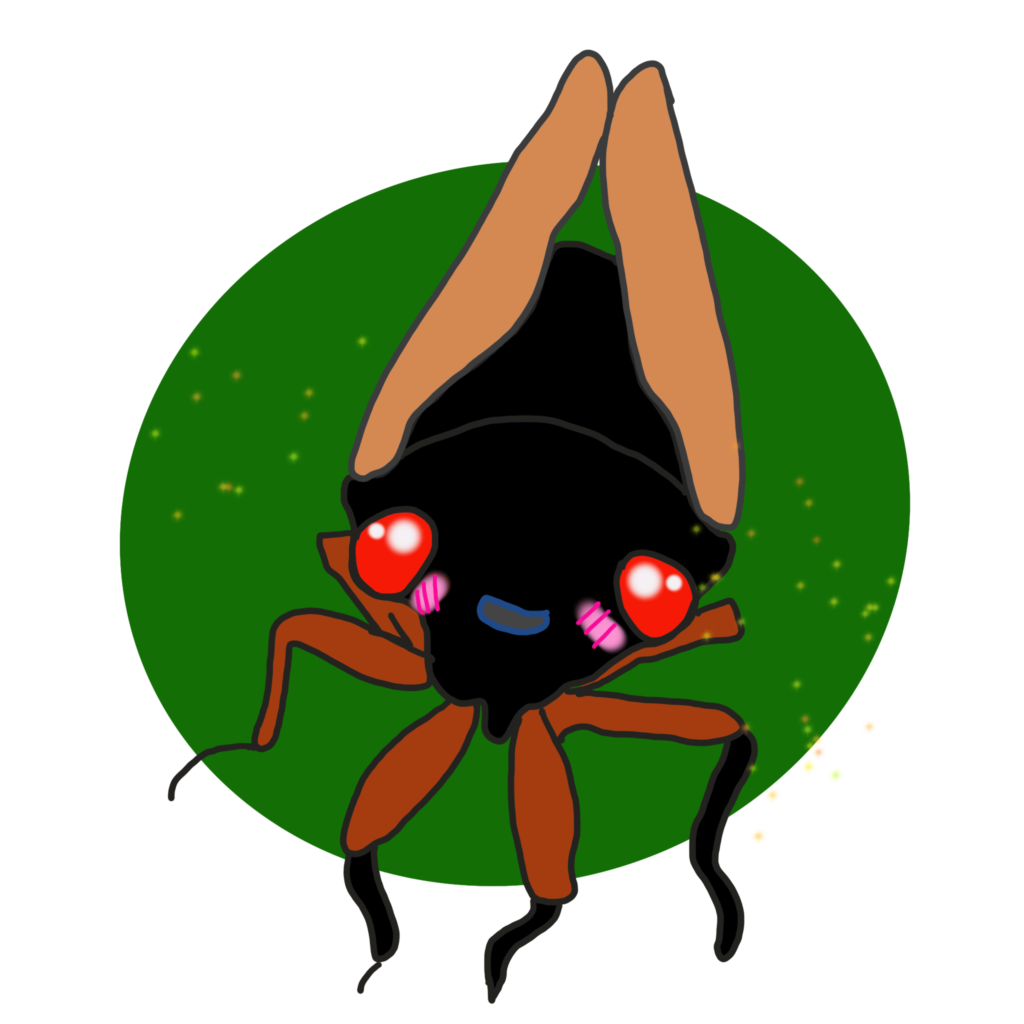The cicadas have arrived. This summer marks their return to the surface after spending 17 years burrowed underground.
Known as Brood X, the cicadas have mainly emerged in the Midwest and near some parts of the east coast, mainly in the Washington D.C. area. Experts are predicting upwards of 1 trillion cicadas from 12 different species to emerge this summer.
The Brood X cicadas, from the Hemiptera (true bug) family, emerge after 17 years for the sole purpose of reproduction. Females typically lay up to 500 eggs and die shortly after mating. They mainly lay their eggs in trees, and after the eggs hatch and the larvae fall to the ground, they burrow underground for another 17 years.

As if the sheer amount of cicadas was not bad enough, they make a clicking noise similar to a cricket’s chirp, which they use to attract mates. Only the males make the noise, and each species of the male makes a different sound.
On top of making the sound to attract mates, it is believed that the sound helps deter predators. Adult male cicadas make the loudest sound of all insects, which helps keep predators such as birds, mice, and raccoons at bay.

The cicadas will remain until the end of summer, or until they all die out. Everyone will have to deal with them until then. However, other than being a nuisance, cicadas are harmless. They may look terrifying but they do not bite, nor are they poisonous.
The Brood X cicadas are known as periodical cicadas, and they differ from the more common annual cicadas. Annual cicadas come out every year and generally, there are much fewer of them. Periodical cicadas come around every 17 years (or every 13 years, depending on the species.)
Do not attempt to use insecticides or pesticides to kill cicadas. This does not help control the population and it can also be a detriment for other insects and their populations.
Dead cicadas can be great for composting as well. Use them in your garden or your compost bin. Cicadas are full of nutrients beneficial to the growth of trees and plants of all kinds.
Want to help in the name of science? Download the Cicada Safari app. This app helps map the locations of different breeds of periodical cicadas. Users take and submit photos from their location and it is uploaded to a map, which helps scientists and entomologists track these cicadas. This app can be found in the Apple store or Google Play.
Kris Johnson
Intern



